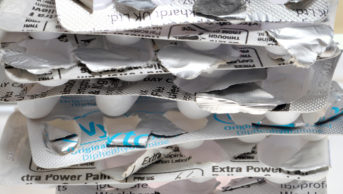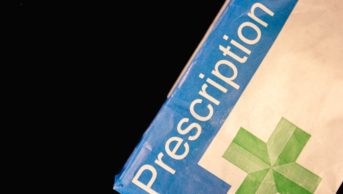
Shutterstock.com
Existing pharmacy inspection processes will be used to monitor pharmacies’ compliance with the Falsified Medicines Directive (FMD), the General Pharmaceutical Council (GPhC) has announced.
A statement issued jointly with the Medicines and Healthcare products Regulatory Agency (MHRA) on 17 January 2019 said that if a pharmacy is found not to be meeting the FMD standards for registered pharmacies, and “where a contributing factor relates to breaches of the new safety feature provisions”, the GPhC will use its regulatory powers “to make sure that pharmacies take action to meet the standards and requirements under legislation”.
The “safety features” referred to form part of the FMD.
The statement says that it is the MHRA’s responsibility to take any enforcement action on FMD, which could include enforcement notices or even criminal prosecution “for the most serious, persistent breaches”.
The GPhC and MHRA say they will “share information, as appropriate, to ensure that the purpose of the legislation is met”.
Packs of medicine that fall under the FMD’s remit must carry two safety features: a unique identifier in the form of a scanable 2D barcode, and an anti-tampering device. From 9 February 2019, pharmacists who dispense packs that carry these features must scan the 2D barcode to verify and decommission the medicine and also check that the anti-tampering device is intact.
The GPhC announced in December 2018 that it would begin unannounced pharmacy inspections — and that it would publish the results of inspections — from the financial year 2019/2020.
The MHRA has said that in the event of a no-deal Brexit, it would consider options for a UK-only falsified medicines framework.
You may also be interested in

Government misses consultation deadline for post-Brexit scheme to detect fake medicines

Proposed legislation could see government ‘broaden’ use of data collected through the Falsified Medicines Directive
